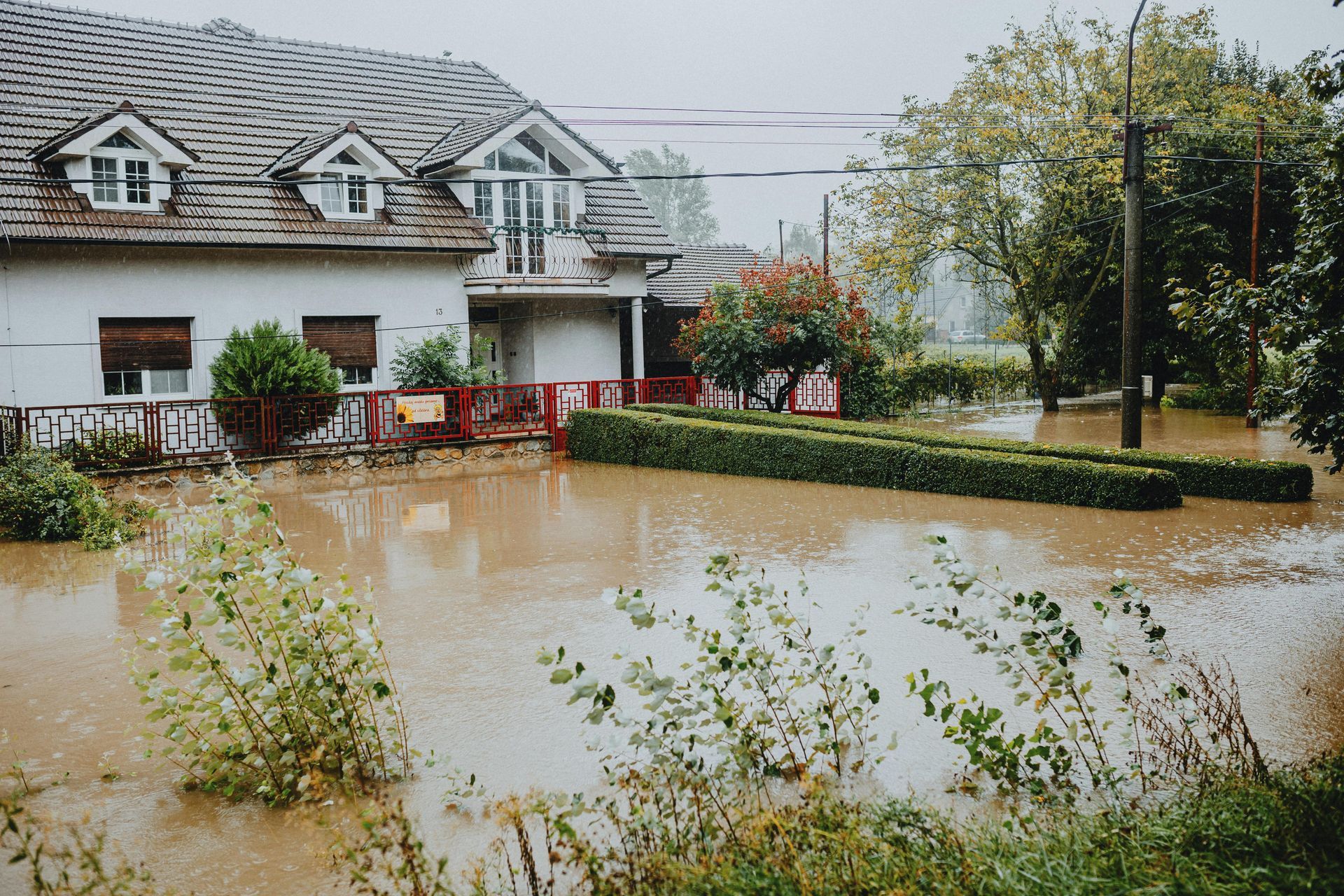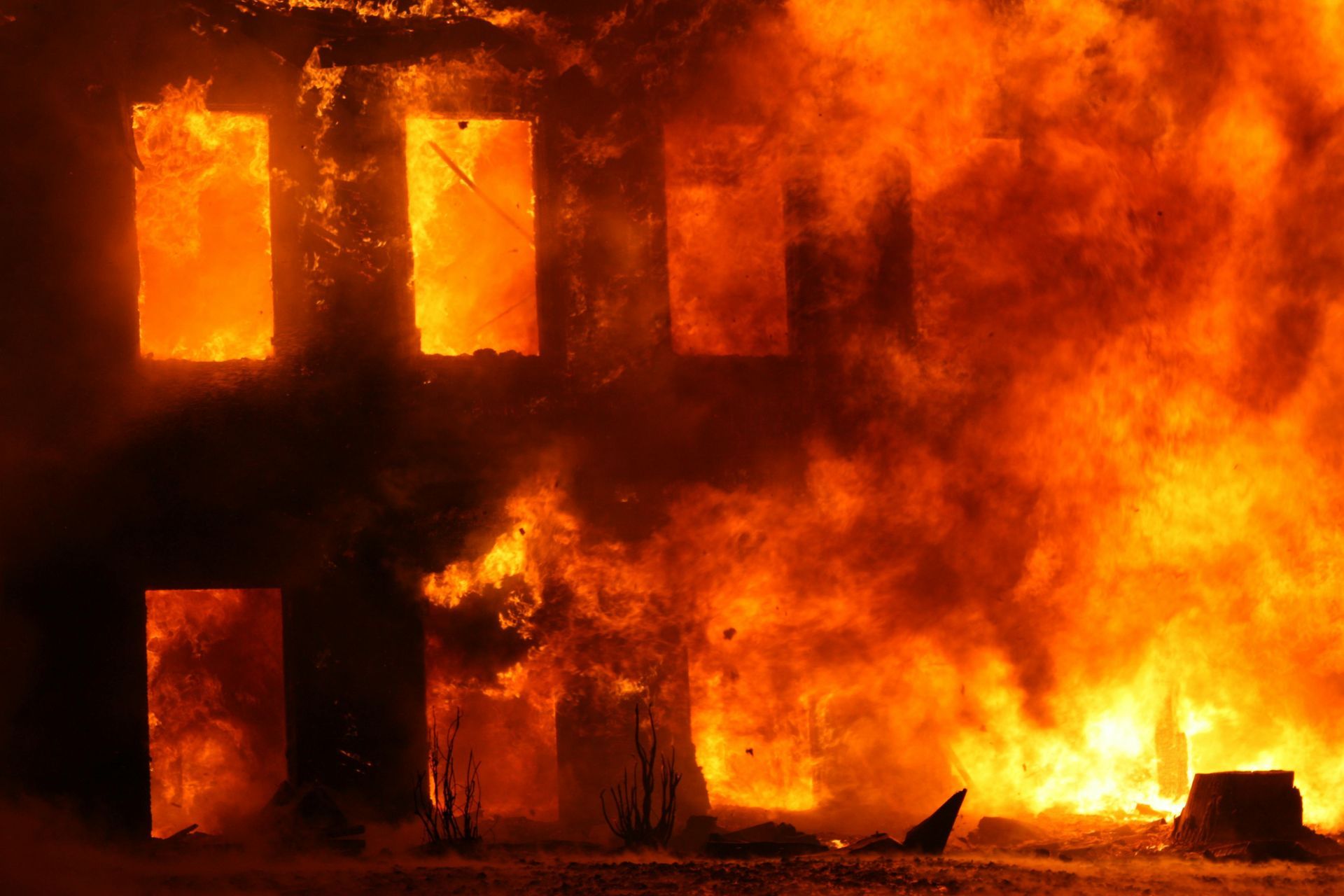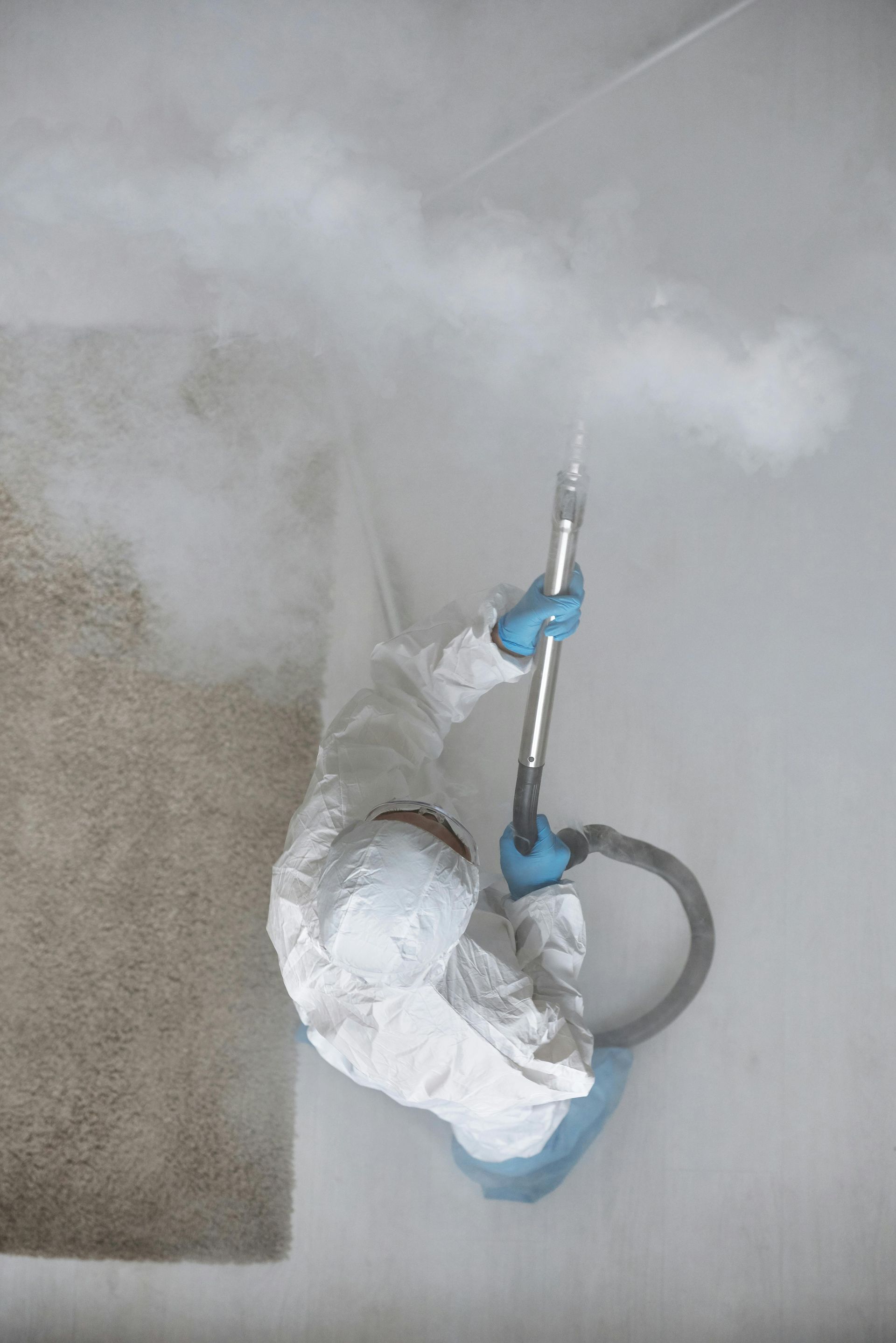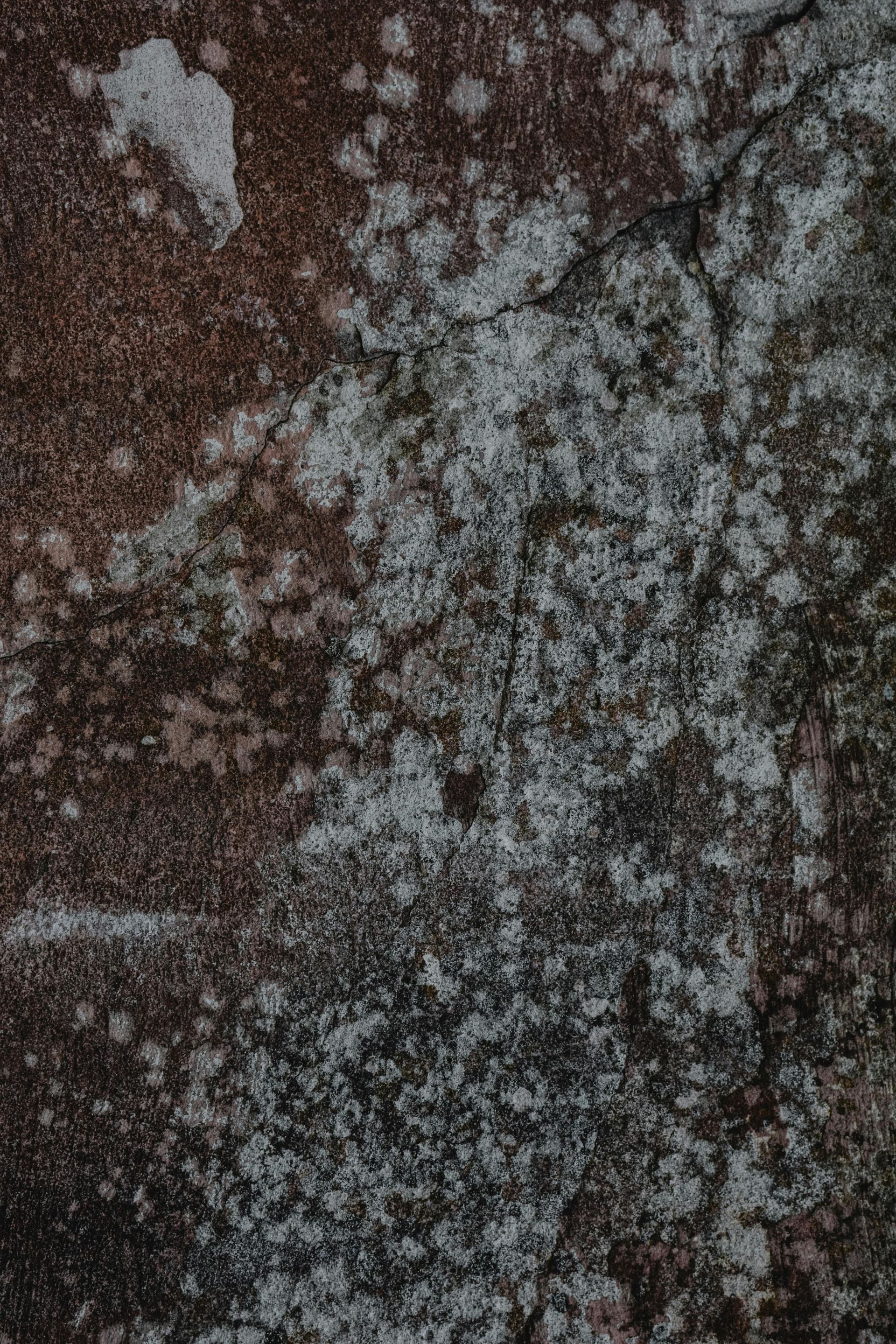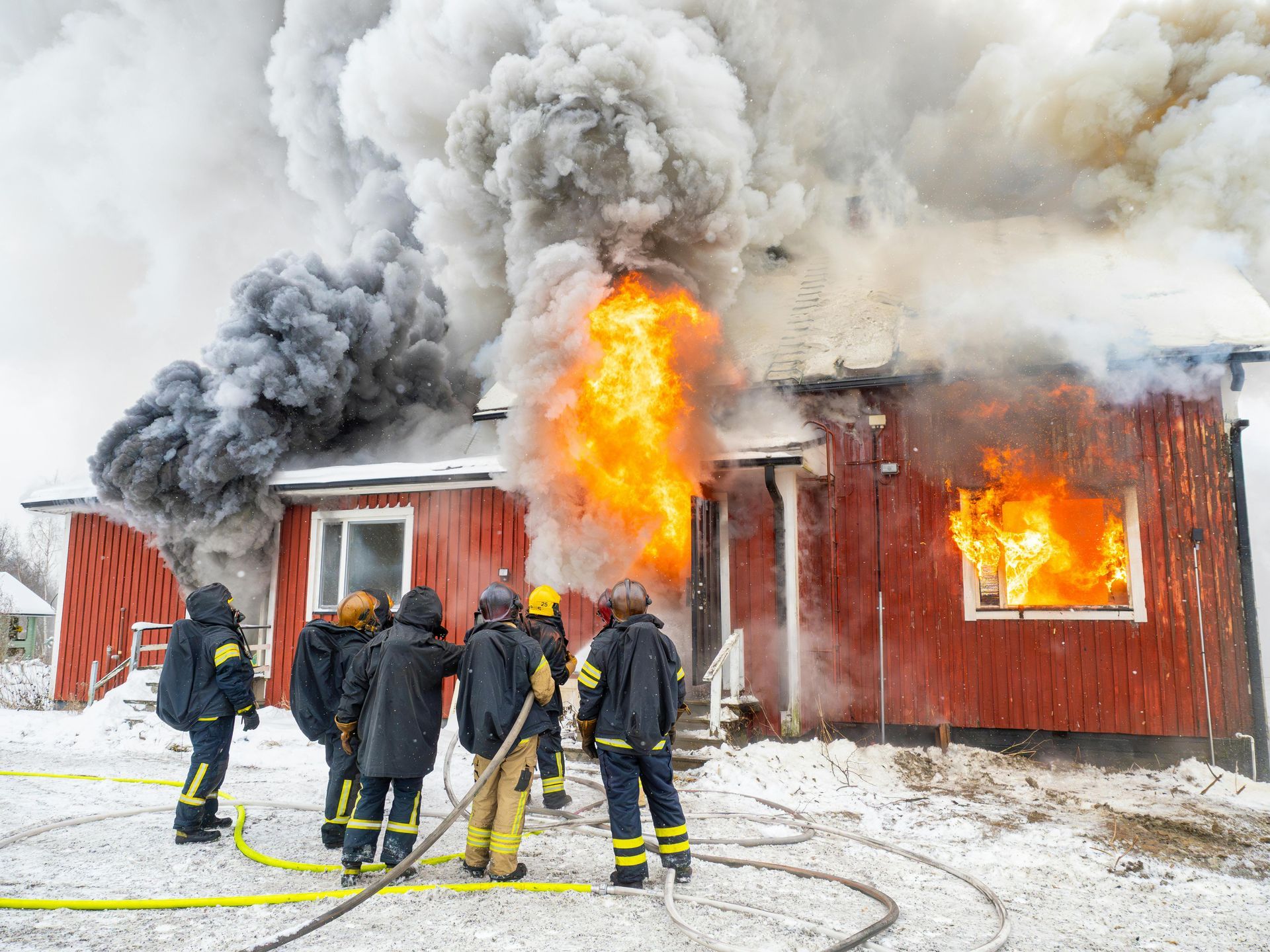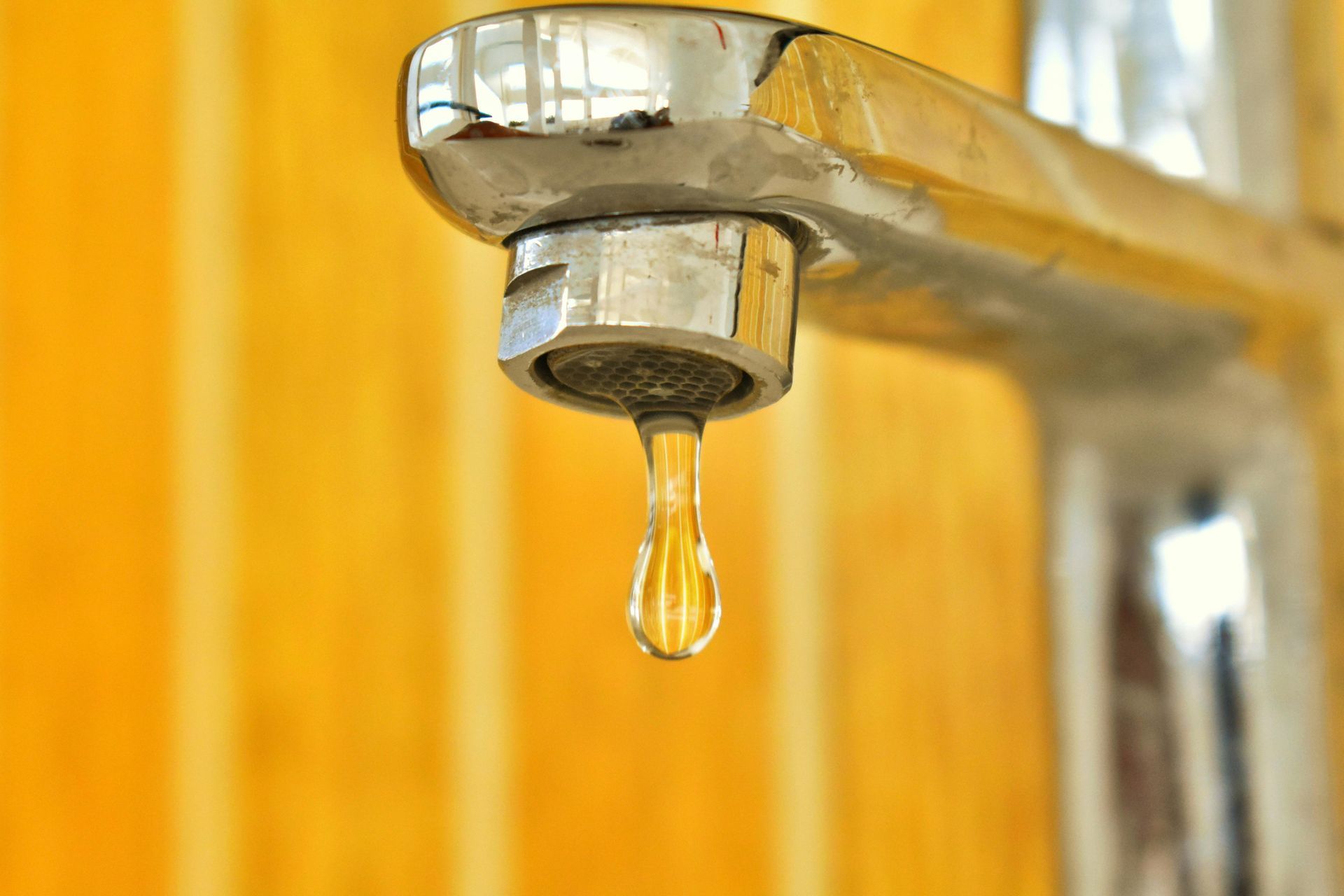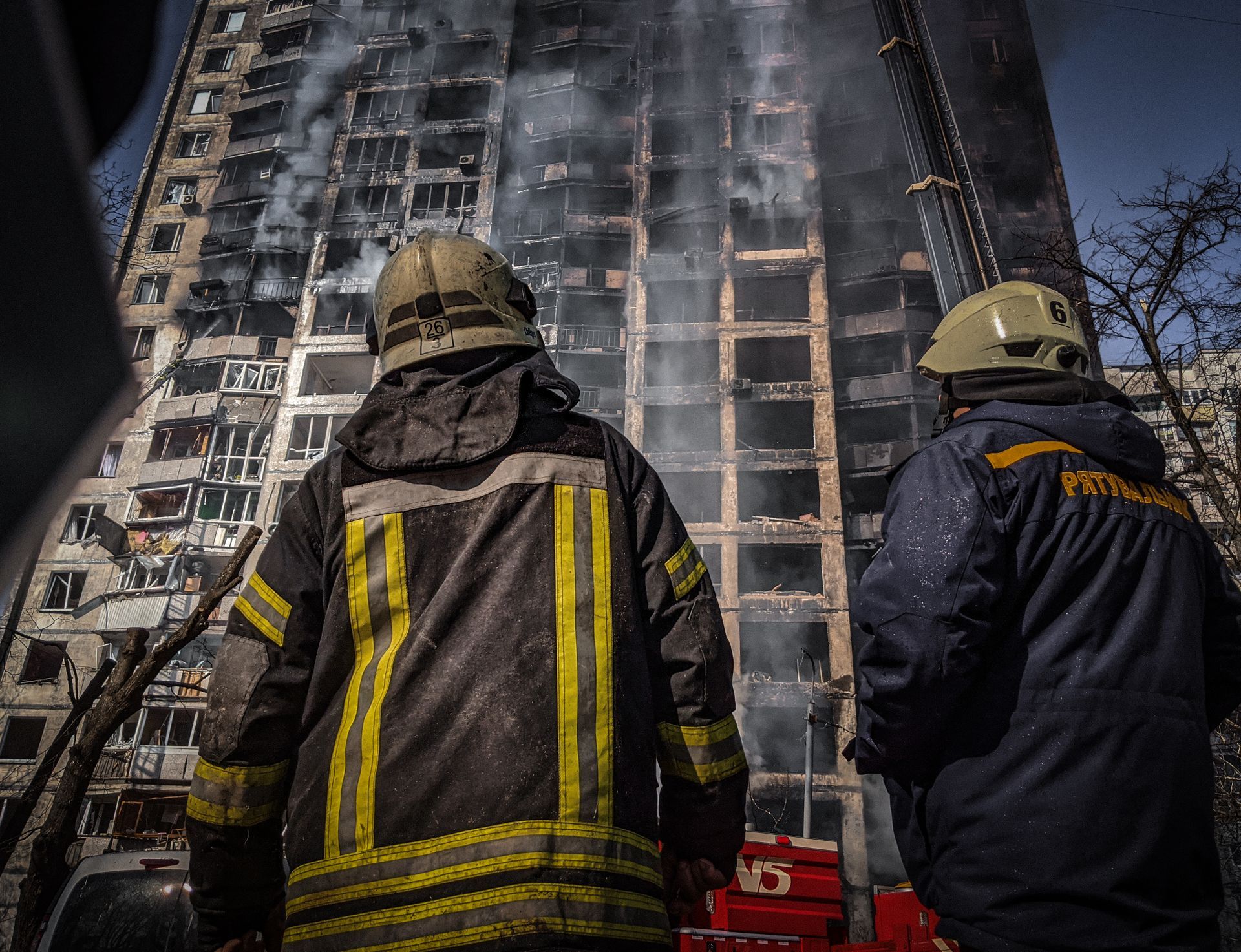Serving Athens, GA & Surrounding Areas
Call 24/7 for Emergencies
The Different Types of Fire Damage and Their Causes
Exploring the Different Types of Fire Damage and How They Occur
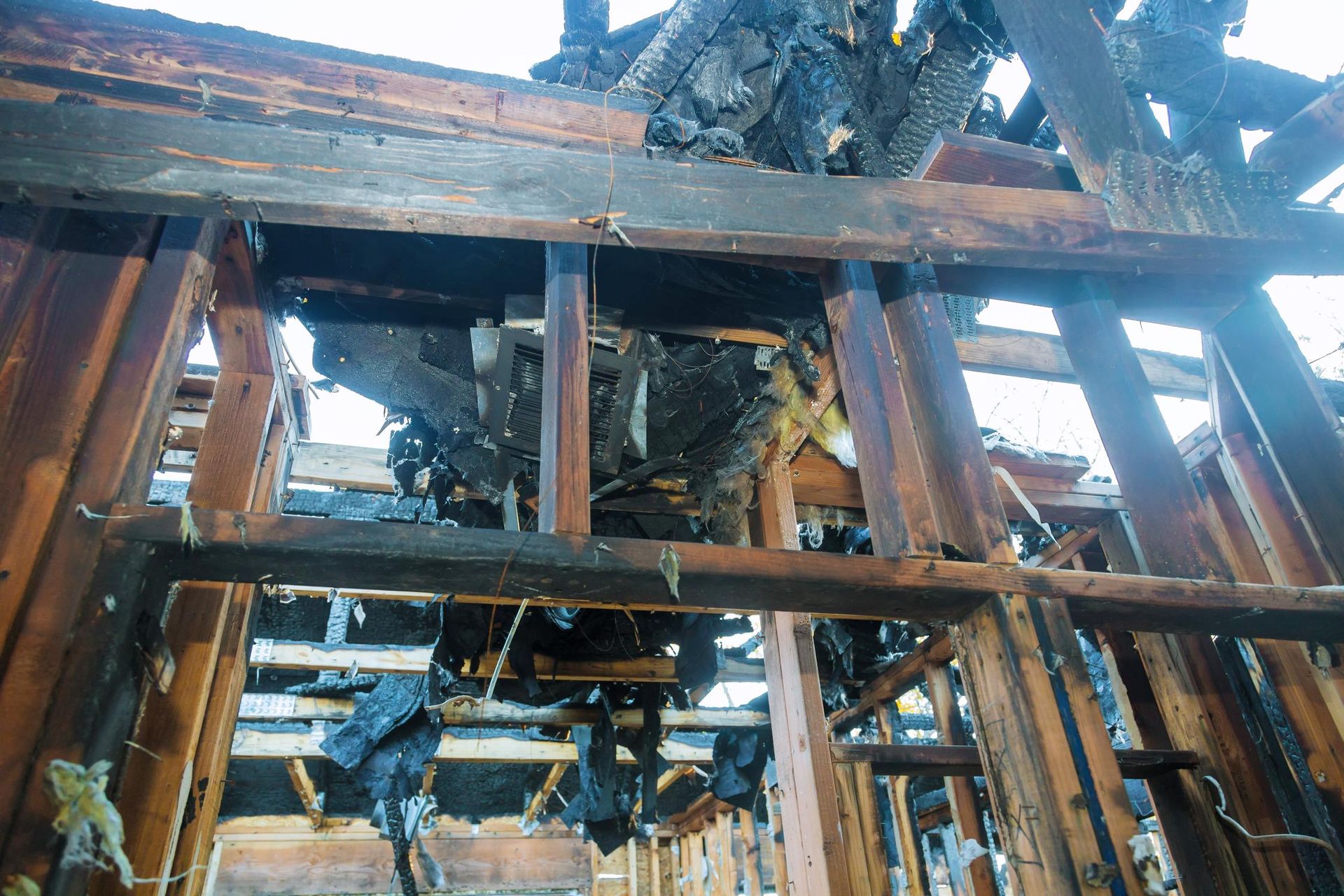
Understanding the various types of fire damage and their causes is crucial for both prevention measures and restoration efforts. Fire damages not only the visible parts of your home but can also compromise structural elements like walls, floors, and foundations. Whether it's damage directly from flames or the pervasive and corrosive effects of soot, the aftermath of a fire can be overwhelming. Now let's explore the different types of fire damage and how they occur.
Smoke Damage
Smoke damage often results from the incomplete combustion of materials like wood, plastic, and fabric. During a fire, if the supply of oxygen or fuel is insufficient, it leads to incomplete combustion, causing copious amounts of soot and smoke. This smoke is comprised of tiny particles that can seep into every nook and cranny of your home, staining walls, ceilings, and carpets with a black or grey coat of soot.
The health effects of smoke damage can also be significant. Soot particles can be harmful if inhaled or ingested, causing respiratory issues and other health complications. Moreover, the lingering odor of smoke can exacerbate allergies and cause discomfort.
From a property standpoint, smoke damage can cause extensive harm to the structural elements of a building. Soot, being acidic, can erode and deteriorate materials, leading to possible structural instability. Notably, smoke damage can be deceptive, as some of its impacts might not be immediately visible but can cause long-term degradation of walls and other building components. Hence, it's paramount to address smoke and fire damages promptly and professionally to ensure the health and safety of inhabitants and the longevity of your property.
Types of Smoke Damage
There are two primary types of smoke damage: visible and invisible. The visible type is characterized by soot deposits on various surfaces. This soot can be wet or dry depending on the material burned and the temperature of the fire, affecting the ease of cleanup. Wet soot often results from low-temperature, smoldering fires and is sticky, smeary, and more challenging to remove. Dry soot, often from high-temperature fires, is easier to clean but can penetrate deeper into materials. The invisible type of smoke damage is the lingering smell that permeates various items and rooms, even after visible damages have been rectified. These odor-causing particles can be microscopic, making them difficult to eliminate without professional help. Understanding these nuances can help in the effective restoration of fire-damaged areas.
Structural Damage
Structural damage is another severe consequence of fire incidents. High temperatures during a fire can weaken or even melt elements of a building's structure. Traditional structural materials like wood and metal are especially susceptible. Wood can burn or char, compromising its structural integrity, while metal can warp or melt under extreme heat.
Smoke and soot, too, can cause significant structural damage. They can penetrate materials such as drywall, wood, and metal, causing them to weaken or deteriorate over time. For instance, soot's acidic properties can hasten the corrosion process of metal components, while smoke particles can seep into the pores of wood, causing it to degrade.
Structural damage due to fire has serious implications. From a safety perspective, structural instability can lead to building collapse, posing a danger to inhabitants and responders. From a financial standpoint, it can drastically reduce a property's value. It is, therefore, essential to address fire damages swiftly and appropriately. A thorough assessment by fire damage restoration professionals can help identify and repair structural damage, ensuring safety and preserving the value of the property. Fire damage is a serious issue, but with professionalism and expertise, it can be effectively managed and mitigated.
Types of Structural Damage
Different types of structural damage can occur as a result of fire, including warping, buckling, and collapse.
- Warping is typically seen in metal structures, where the intense heat of a fire can distort the shape of the material.
- Buckling, common in both wooden and metal structures, is a type of deformation where a component bends under pressure, compromising its strength and stability.
- A fire can also lead to a complete collapse of structural elements, where the intensity of the fire damages structural components to the extent that they can no longer support the building's load. This is the most severe type of structural damage and can lead to disastrous consequences if not promptly and properly addressed.
Water Damage
Water damage is another potential aftermath of a fire incident, often resulting when large amounts of water are used to extinguish the flames. Though essential for fire suppression, the water can cause its own set of problems. For one, it can seep into walls, floors, and furnishings, promoting the growth of mold and mildew. These fungi not only damage property, but they also pose significant health risks, including allergies and respiratory conditions.
From a property perspective, water absorption can lead to the warping or swelling of wooden structures and furnishings, the rusting of steel and iron, and the lifting or peeling of wallcoverings and paint. If left untreated, the water can facilitate further deterioration of structural elements, leading to a decrease in property value and potential safety hazards.
Electrical systems, too, can be compromised due to water incursion, leading to potential fire hazards or system failures. Similarly, personal items such as documents, photographs, and clothing can be irrevocably damaged. Thus, while water is a critical element in firefighting, its aftermath needs to be addressed promptly and professionally to mitigate the potential damages and health risks it poses.
Types of Water Damage
Water damage can manifest in numerous ways, with each type posing a unique set of challenges. One common type is the saturation of materials such as wood and drywall, which can lead to warping, discoloration, and even structural instability. Another form involves the corrosion of metal surfaces resulting from prolonged exposure to the water used in firefighting efforts. This corrosion can weaken the metal's structural integrity and lead to degradation over time. Finally, and perhaps most dangerously, is mold growth. Moist, water-damaged environments provide perfect conditions for mold to thrive. This growth can lead to severe property damage, including decay and discoloration of surfaces, as well as potential health risks such as allergies and respiratory conditions. Each of these types of water damage warrants immediate professional attention to prevent further damage and health risks.
Chemical Damage
Chemical damage is an often-overlooked result of fire incidents. During a fire, various materials within a home can come into contact with chemicals present in smoke, soot, or fire-extinguishing substances. This exposure can cause chemical reactions that lead to discoloration, corrosion, or degradation of materials. For instance, synthetic materials can react with heat and produce toxic gases, or metals can react with acids in soot, leading to corrosion.
Such damage can be hazardous to both health and property. On the health front, exposure to toxic gases or residues from chemical reactions can lead to a range of issues, from skin irritations and respiratory conditions to more severe health complications depending on the toxicity of the chemical involved.
From a property perspective, chemical damage can lead to the degradation of structural elements, further compromising the integrity and safety of a building. For example, corrosion can weaken metal structures, or discoloration can devalue aesthetic elements of a property.
Therefore, it's crucial to have fire-damaged areas assessed and treated by professionals who can identify and mitigate chemical damage, protecting both the inhabitants' health and the property's value.
Types of Chemical Damage
Chemical damage can take various forms, with each causing a unique set of problems. Discoloration is a common type of chemical damage where surfaces are stained or changed in color due to exposure to chemicals present in soot or fire-extinguishing substances. Pitting involves small holes or depressions formed on surfaces due to severe corrosion, which not only compromises the aesthetic appeal but also the structural integrity of the material. Etching is another form of chemical damage where the surface layer of a material is gradually worn away, leading to a rough and uneven appearance. These types of chemical damage can significantly degrade the value of a property and pose potential health risks. Therefore, it is important to promptly address fire damages to mitigate the impact of such chemical effects.
Electrical Damage
Electrical damage, often a byproduct of a fire incident, can occur due to various reasons. Fire-induced electrical damage is typically caused by faulty wiring, overloaded circuits, or other electrical malfunctions. As a fire ravages a property, it can critically impair the electrical system, leading to severe consequences.
The safety implications of electrical damage are extensive. Damaged wiring can potentially lead to new fire outbreaks, while compromised circuits present a risk of electrical shocks, posing a direct threat to the occupants of the building. Additionally, malfunctioning electrical systems can cause appliances and other equipment to operate poorly or not at all, affecting the quality of life within the property.
From a property value perspective, significant electrical damage can considerably decrease a property's worth. Future potential buyers may be deterred by the extensive costs associated with repairing or replacing the damaged electrical system. Moreover, visible fire damage, such as charred outlets or melted wiring, can impair the aesthetic appeal of the property, further depreciating its value.
Therefore, it is crucial to address fire damages swiftly and professionally, ensuring that any electrical damage is thoroughly assessed and rectified to prevent further safety risks and property devaluation.
Types of Electrical Damage
Electrical damage can take various forms. Damage to the electrical panels often results from exposure to high heat or direct flame, causing blown fuses or even melting parts of the panel, leading to a loss of power in parts, if not all, of the property. Wiring damage often involves insulation being burnt off, exposing live wires that pose a risk of electrocution or sparking new fires. Additionally, appliance damage occurs when the internal components of an appliance are damaged by heat or soot, rendering them inoperative. The severity of these damages can vary, but each type significantly impacts the safety and functionality of the property, underscoring the importance of professional assessment and repair of fire damages.
Looking for Fire Damage Experts? Try North Eastern Restoration!
At
North Eastern Restoration, we're experts in restoring fire-damaged properties. Our professional team is trained to handle all types of damage, from soot and chemical impacts to structural elements compromised by heat. We understand the urgency in rectifying fire damages, and we're committed to restoring your property to its pre-fire condition, ensuring its structural integrity and safety. Our clients trust us for our proficiency, swift response, and excellent customer service. Don't let fire damage depreciate your property's value and risk your safety. Contact North Eastern Restoration today, and let us help restore your peace of mind and your property.
CONTACT US 24/7 FOR ANY WATER, FIRE, MOLD RELATED EMERGENCY
OR CALL US 24/7
Northeastern Restoration offers professional 24/7 emergency water, fire, and mold damage restoration services in Athens, GA, Gwinnett County, and Jackson County. Our IICRC certification ensures high-quality restoration. With a rapid 45-minute response time, we are committed to restoring your property quickly and effectively.
IICRC Certified
OUR SERVICES
CONTACT INFORMATION
Northeastern Restoration
217 Monte Ln, Jefferson, GA 30549, United States of America
All Rights Reserved | Northeast Restoration

